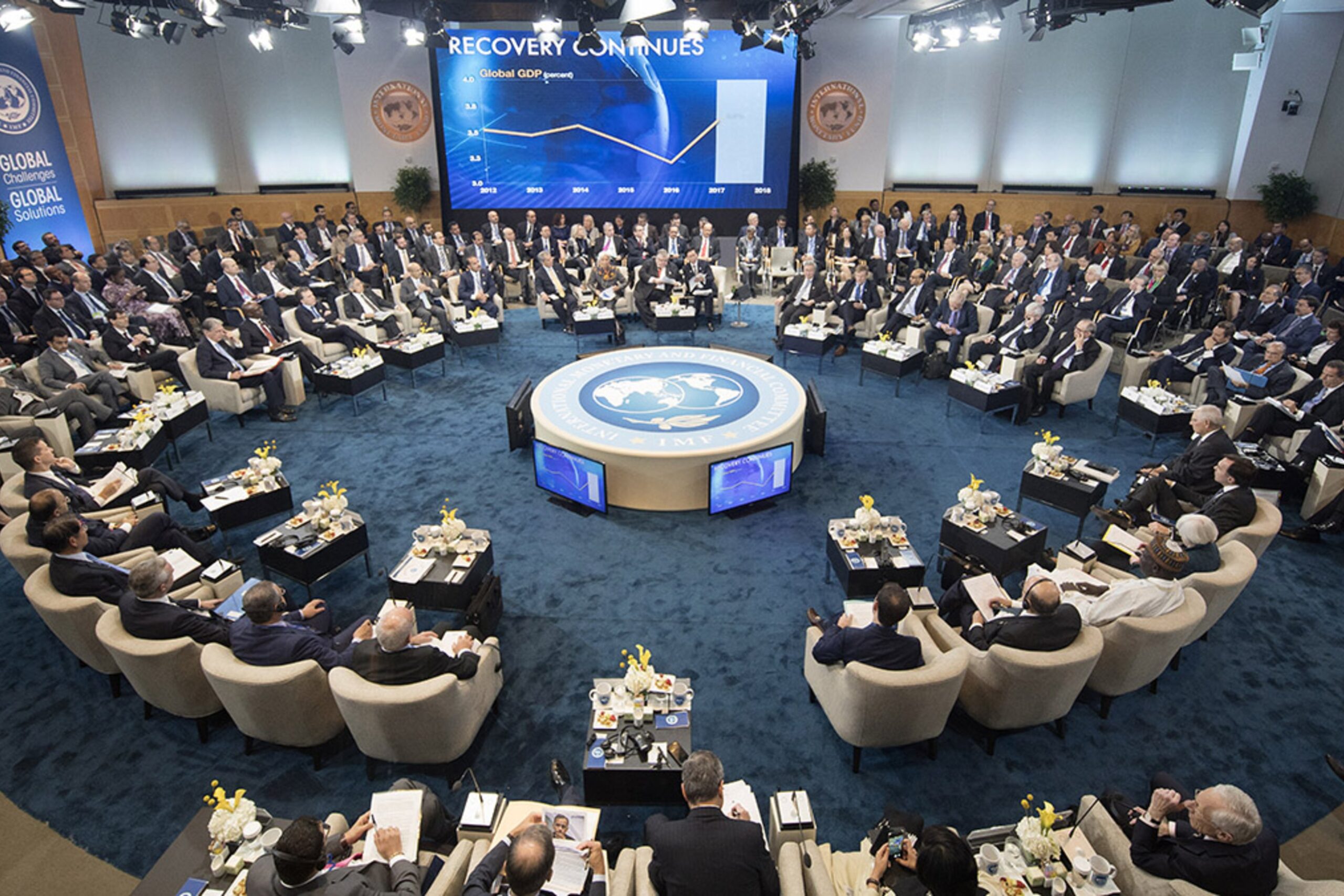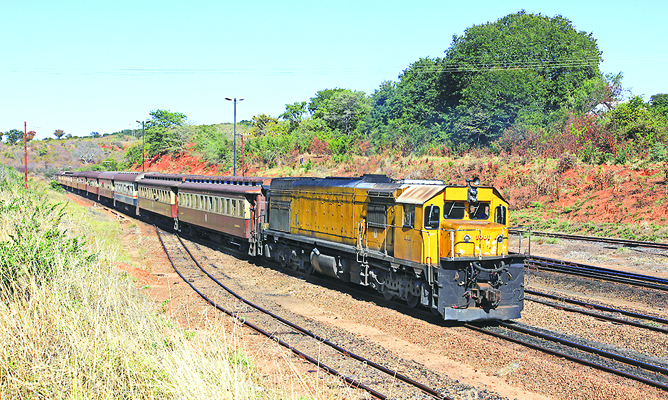NRZ combination of deals bearing tangible fruits
The National Railways of Zimbabwe (NRZ) has been restructuring operations and has made strides and struck deals with various local and international companies in order to increase capacity.
Speaking at a forum on Wednesday, NRZ spokesperson Andrew Kunambura, talked about the moves being made by the company to get back to its former glory.
NRZ has penned deals with ZimGas and Indian locomotive manufacturer, Railways Infrastructure Consultancy and Engineering Company (RITES) among others as a way to restructure and renew its operations.
He said that the company’s relationship with ZimGas had paved the ground for the restoration of NRZ’s tankers.
“As an organisation, we have formed Private Public Partnerships with a variety of players in the mining and fuel industries.” One of these collaborations involves our work with Zim-Gas. As you are aware, Zim-Gas is a large importer of petroleum gas. They ship a lot of this gas through the ports of Maputo and Beira.
“We agreed that in order to increase capacity, we needed to refurbish our fuel tankers so that they could import more gas, because we are a bulk goods mover, we needed to expand our equipment capacity,” he explained.
“The partnership involved the rehabilitation and refurbishment of tankers that will be able to import more gas,” Kunambura said.
In June it was reported that the transporter signed a contract worth US$81 175 500 with RITES for the supply of rolling stock wagons.
The money to be used for the deal is part of the US$120 million loan secured from Afreximbank and guaranteed by their biggest shareholder, the Zimbabwean Government.
“The successful allocation of funds will pave the way for the commencement of this ambitious project, further reinforcing the partnership between RITES and NRZ,” RITES said in June.
Kunambura confirmed the conditions as he said the wagons and locomotives need at least 50 percent of the amount for start of production.
“Yes, the deal is on and for the wagons and locomotives to begin the process of production there is need for a payment of 50 percent of the total value. Once this is done we can say the lead time is 12 months till we receive the first batch for use,” he added.
Analyst, Namatai Maeresera, said economic collaboration agreements between NRZ and its partners have sparked optimism across markets.
“Since it connects all major commercial centres, transporting bulk raw materials, finished goods and passengers, the NRZ sits at the core of local, regional and international trade. It is the primary framework around which a competitive, integrated transport system is developed for an export-led economy that Zimbabwe is trying to build,” he added.
However, the NRZ has been performing below potential for many years despite several changes to its management and board of directors to the extent that citizens have called for it to be disbanded.
Despite the calls, the spokesperson said those calling for its disbanding are not privy to the facts and the actual work currently happening. He added that the parastatal was facing many challenges but it is now navigating them to get back on its feet.
Kunambura said; “The sanctions have been hurting the company hard. They mean we have not been able to procure and replenish rolling stock (wagons, locomotives and coaches). The last were bought from the USA in 1996 on a loan facility with the USAID. That facility is no longer there as we all know because of Zidera.”
For the NRZ it has meant that the transporter has had to operate with very old rolling stock which suffer frequent breakdowns, hence reduced capacity also affecting their income and ability to push volumes.
“Also linked to sanctions, the collapse of industry post-2000. As you know, the NRZ is only a logistics company whose operations are sustained by optimum capacity by production companies which then give us business.
“When these collapse, it means we lose business and challenges emerge. A good example is Ziscosteel. This moribund giant was NRZ’s biggest customer. The coal tonnage we moved from the Hwange field was huge, as well as the export steel they used to produce,” he said.-ebusinessweekly









